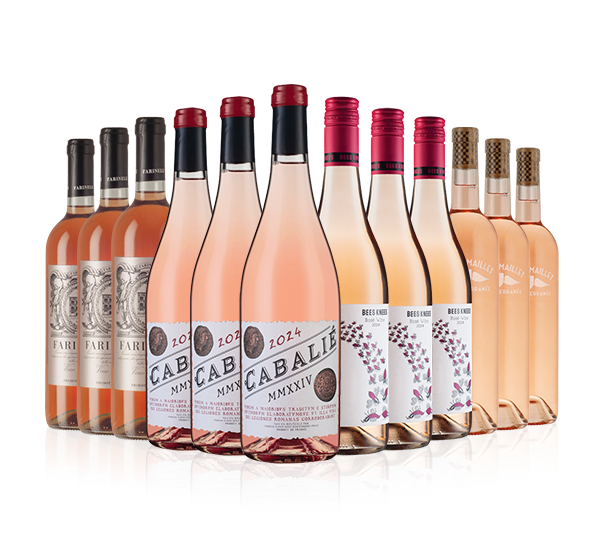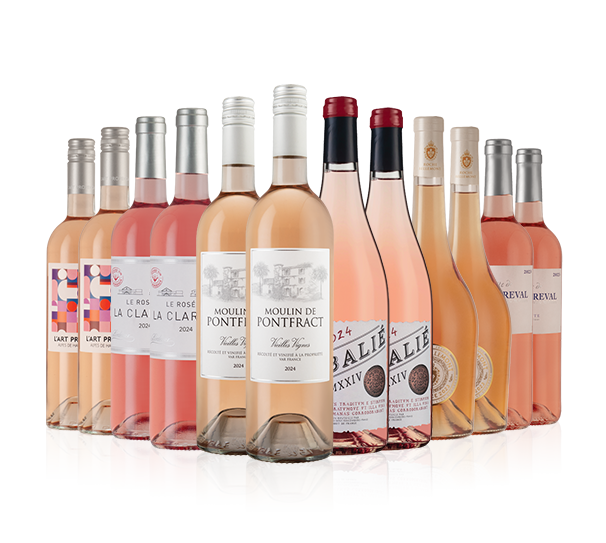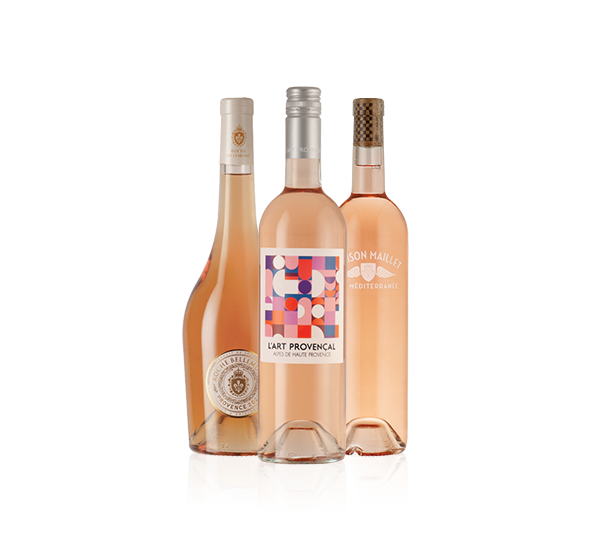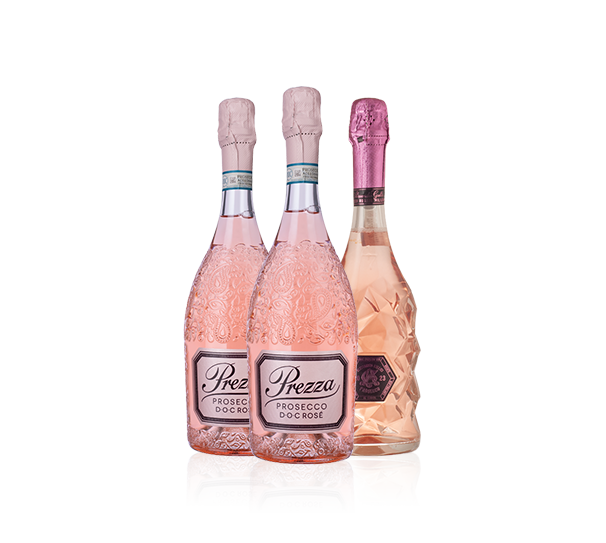Filter by
- 12 bottles - $226.88
- $22.99 per bottle12 bottles - $275.88$248.28 Unlimited Member Price
- $17.99 per bottle12 bottles - $215.88
- $17.99 per bottle12 bottles - $215.88$194.28 Unlimited Member Price
- 12 bottles - $200.88
- 12 bottles - $279.88
- $14.99 per bottle12 bottles - $179.88$161.88 Unlimited Member Price
- $19.99 per bottle12 bottles - $239.88$215.88 Unlimited Member Price
- $15.99 per bottle12 bottles - $191.88$172.68 Unlimited Member Price
- $19.99 per bottle12 bottles - $239.88$215.88 Unlimited Member Price
- $27.99 per bottle12 bottles - $335.88$302.28 Unlimited Member Price
- 3 bottles - $69.97
- $29.99 per bottle12 bottles - $359.88$323.88 Unlimited Member Price
- $29.99 per bottle12 bottles - $359.88
- 3 bottles - $70.97
- $17.99 per bottle12 bottles - $215.88$194.28 Unlimited Member Price
- $17.99 per bottle12 bottles - $215.88$194.28 Unlimited Member Price
- $19.99 per bottle12 bottles - $239.88$215.88 Unlimited Member Price
- $21.99 per bottle12 bottles - $263.88$237.48 Unlimited Member Price
- $24.99 per bottle12 bottles - $299.88$269.88 Unlimited Member Price
- $19.99 per bottle12 bottles - $239.88$215.88 Unlimited Member Price
- $21.99 per bottle12 bottles - $263.88$237.48 Unlimited Member Price
- $28.99 per bottle12 bottles - $347.88$313.08 Unlimited Member Price
- $29.99 per bottle12 bottles - $359.88$323.88 Unlimited Member Price
Wine FAQs
How Is Rosé Wine Made?
The most popular method for creating rosé wine is similar to red wine, with the grape skins added to the grape juice so they can macerate and impart color.
Unlike red wine, grape skins for rosé only soak for a few hours rather than days. The length of time they soak affects the wine’s color—the longer the grape skins are in contact with the juice, the deeper the shade of pink the wine will be.
Vin Gris (‘gray wine’ in French) are rosés produced using a very brief maceration. This results in a very light-bodied, pale pink rosé wine.
The Saignée method involves ‘bleeding off’ some red wine juice during maceration, yielding a more concentrated, darker rosé. Saignée rosés are typically rich, offering prominent fruity and savory flavors.
There is also the blending method, which blends red wines and white wines together. This is a less common way to make rosé wine, but it is used to make some sparkling rosés.
What Are the Types and Styles of Rosé Wine?
Rosé wines come in a range of types and styles, reflecting the diverse regions, grape varieties and methods of production used to make them.
Here are some of the most common rosés styles:
Provence Rosé: From the heartland of rosé wine production, Provençal rosés are typically dry, light in body, and known for their delicate flavors of strawberry, rose petal, and herb. They are often made from a blend of local grape varieties including Grenache, Mourvèdre, Syrah, and Cinsault.
Tavel Rosé: Rosé wines from Tavel in the Rhône region of France are robust, savory, rich, and usually very dry. Typically made from a blend of Grenache, Syrah and Cinsault, they offer distinct notes of redcurrant, cassis, cranberries, and spice.
Grenache/Garnacha Rosé: The most commonly associated grape variety with producing rosé wines is Grenache (known as Garnacha in Spain). Grenache rosé range from light and refreshing to full-bodied and rich but most are dry in style with fresh fruit flavors.
White Zinfandel: A sweeter style of rosé with origins in California. Made from the Zinfandel grape, it has a pink to blush color and flavor notes of lemon, melon, and strawberry.
Pinot Noir Rosé: A delicate, crisp rosé with notes of apple, strawberry, and melon. Pinot Noir rosé is commonly produced in California, particularly Napa Valley.
Sangiovese Rosé: Generally an Italian wine, this rosé is fruity but dry. Expect notes of fresh strawberries, green melon, and roses with an acidic finish.
Tempranillo Rosé: Predominately a Spanish rosé that is savory and dry, with a fruity, yet meaty flavor profile.
Syrah Rosé: A bold, dry wine that’s full of rich flavor with notes of olive and cherry. It does not need to be served as cold as most rosé wines.
Cabernet Sauvignon Rosé: A deep red rosé with flavors similar to red wine. It is more acidic than regular Cabernet Sauvignon with notes of bell pepper, black currant, and spice.
Mourvèdre Rosé: A full-bodied rosé with initial floral notes that transform on the palate into a rich cherry, smoky, and savory flavor.
How Do I Serve Rosé Wine?
Rosé wines are best served chilled to showcase those fruity, floral flavors—between 50-60°F. To enjoy your rosé at the perfect temperature, store it in the fridge for a few hours before serving.
A wine glass with a high, medium bowl and long stem is a must for appreciating rosé—the long stem helps keep the wine cooler for longer, while the slightly narrower bowl encourages those mouthwatering flavors and aromas to rise.
How Long Does Rosé Wine Last After Opening?
If sealed and stored correctly in the fridge after opening, rosé wines can last three to five days before their juicy flavors dull, giving you plenty of time to enjoy the bottle.
What Foods Pair Best With Rosé?
- Light, delicate rosés: Complement green-based salads or shellfish.
- Medium, easy-drinking rosés: Enjoy with white meat-based dishes or cheeseboards.
- Fuller, richer rosés: Pair well with pizzas or barbecued foods, such as cheeseburgers, making them a perfect summer choice.
- Sweeter rosés: Delicious as after-dinner treats or enjoyed with spicy dishes.



























